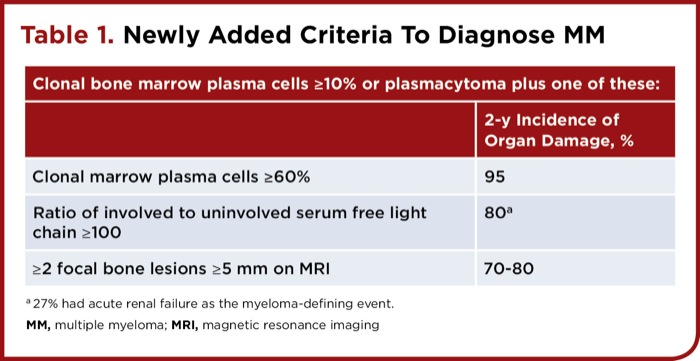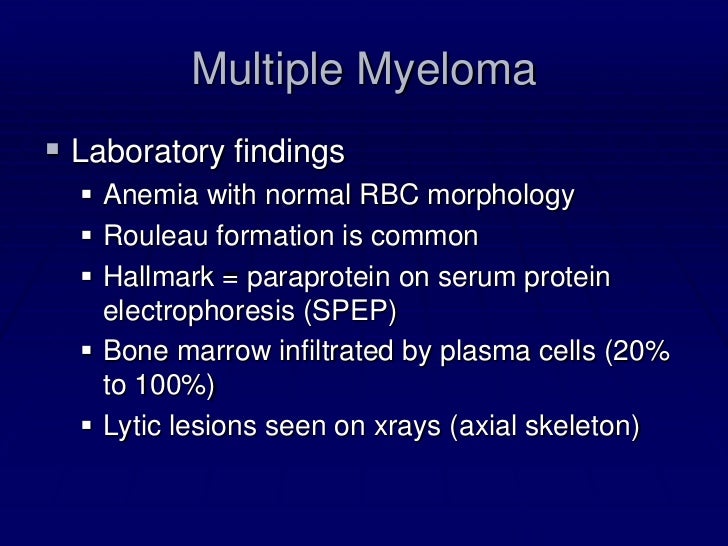

Subsequently, bone marrow aspiration and smear were performed for lymphoma staging. D, Image showing TCR gamma delta clonal gene rearrangement C, Lymphoma cells observed on gastric biopsy and immunohistochemical analysis(HE, ×400 CD3, ×400 CD56, ×400 TIA, ×400). B, Giant gastric ulcer revealed on endoscopy. A, Abnormal enhanced focus observed in the stomach on an enhanced computed tomography scan (red arrow). Based on this as well as clinical observations, the patient was diagnosed with primary gastric gamma delta T-cell lymphoma (γδTCL) 3 and transferred to the hematology department for further diagnosis and treatment.ĭiagnosis of primary gastric γδTCL. TCR gamma delta clonal gene rearrangement was also detected (Figure 1D). A giant gastric ulcer was found on gastroscopy (Figure 1B), and endoscopic biopsy and immunohistochemistry revealed the presence of lymphoma cells expressing CD45RO as well as positivity for T-cell differentiation markers (CD3, CD56, and TIA-1 Figure 1C). Enhanced abdominal computed tomography revealed an abnormal enhanced focus in the lower gastric body, antrum, and pylorus (Figure 1A), and splenomegaly was also observed. No obvious bone pain, cough, shortness of breath, hematochezia, or other type of discomfort was reported. He had a past history of schistosoma when he was a teenager, but had no past history of tuberculosis, chronic bronchitis, or tumors and had no special medication history. 2 CASE PRESENTATIONĪn 88-year-old man with abdominal distention was hospitalized in the gastrointestinal surgery department. To solve this problem, we developed a novel method-bone marrow particle enrichment analysis-and here, we describe this procedure and its use in the diagnosis of a rare case of MM. In order to overcome these challenges and ensure the adequate detection of target cells in bone marrow, bone marrow aspirates need to be optimized.

In the absence of sufficient evidence to convince patients who are not willing to undergo multiple punctures for bone marrow aspiration or biopsy, re-analysis of previously diluted bone marrow aspirates becomes necessary. Moreover, the location of the puncture site and the degree of cancer cell dispersion also affect the rate of positive findings on bone marrow biopsy, as the growth of myeloma cells is localized, and tumor cells from lymphoma and cancer in the bone marrow are limited. 1 Hemodilution of bone marrow aspirates is the main contributor to a missed diagnosis after the examination of bone marrow smears. The application of this method for the diagnosis of hematological disorders should be explored further.īone marrow particle enrichment analysis for the laboratory diagnosis of multiple myeloma: A case studyīone marrow aspiration and biopsy are the main methods for the diagnosis of multiple myeloma, lymphoma with bone marrow infiltration, and cancer with bone marrow metastasis. Conclusionsīone marrow particle enrichment analysis may be applied to overcome the problems caused by hemodilution of bone marrow aspirates and to improve the rate of tumor cell detection. ResultsĮxaminations performed after bone marrow particle enrichment revealed the presence of myeloma cells, and the patient was diagnosed with primary gastric γδTCL accompanied by MM.

Hence, we used a novel approach to enrich bone marrow particles and isolate marrow cells, and subsequently performed morphological and flow cytometric analysis. Re-puncture could not be performed because of the patient's age and unwillingness to undergo this procedure. As the cause of anemia could not be determined, hemodilution was suspected, warranting the re-examination of the bone marrow aspirate. MethodsĪn 88-year-old man with primary gastric gamma delta T-cell lymphoma (γδTCL) was found to have anemia. However, several factors, including the focal growth of tumor cells, inappropriate puncture sites, and hemodilution of bone marrow aspirates, lower the rate of target cell detection. Bone marrow smear and biopsy are the main methods for the diagnosis of multiple myeloma (MM), bone marrow infiltration, and metastasis in lymphoma and cancer.


 0 kommentar(er)
0 kommentar(er)
